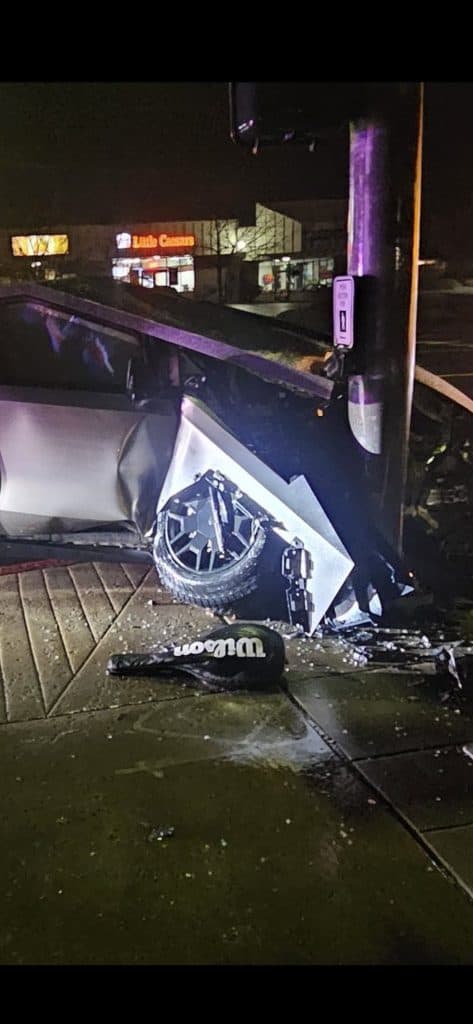
The driver, Jonathan Challinger, took to social media to warn others about the risks of becoming complacent while using the feature, which still requires human supervision. “Don’t make the same mistake I did. Pay attention,” he wrote on X, formerly known as Twitter, tagging Musk. “Spread my message and help save others from the same fate or far worse.”
It appear that the original post was deleted.
A police report indicated that mechanical issues may have contributed to the vehicle’s failure to merge properly before it collided with the pole. Tesla has not responded to requests for comment on the crash.
For years, Tesla’s driver assistance technology has faced scrutiny from regulators and safety experts following a series of crashes, some of them fatal. But Musk has remained defiant, recently urging skeptics to try the latest iteration of the software—Version 13—claiming it offers “immense improvement” in safety.
The latest Cybertruck crash, which quickly gained traction on social media, is a stark reminder of the challenges inherent in autonomous vehicle technology. Experts say the incident underscores lingering issues with Tesla’s approach, which relies solely on cameras rather than a combination of radar and LiDAR, as used by other automakers.
“The race is on for a technology that is not ready for deployment,” said Saber Fallah, a professor of Safe AI and Autonomy at the University of Surrey. “Lane endings, merges, and sudden road layout changes remain problematic for AI-driven systems, which lack the cognitive adaptability of human drivers.”
Tesla’s push into self-driving taxis is critical to the company’s future as it faces declining demand for its aging electric vehicle lineup. Musk has said testing of the robotaxi service will begin in June in Austin, Texas—where regulatory oversight of autonomous vehicles is minimal—before expanding to California and other states by year’s end.
Unlike competitors, which integrate multiple sensors for redundancy, Tesla’s vision-only system can struggle in poor visibility conditions, such as heavy rain or fog, experts say. Some researchers suggest the Cybertruck accident highlights deficiencies in FSD’s nighttime detection capabilities and data mapping.
“FSD doesn’t seem ready for driverless operation yet,” said Troy Teslike, an independent researcher who closely tracks Tesla’s technology.
As Tesla moves closer to deploying its robotaxi fleet, the latest crash raises fresh concerns about whether its self-driving technology is truly prepared to take the driver out of the equation.
Meanwhile it looks like the Wilson tennis racket survived the crash—it was not in self-love mode…..but when it crashed it did make a racket…..